Andes Program
Dedicated to the Andes Since 1996
In 1996, The Mountain Institute (TMI) established its Andes Program in Peru and that program became known as Instituto de Montaña. This was a time of rapid social change in the mountain communities of the northern Andes. The following two decades saw rapid economic growth nationally, with an expansion of urbanization and economic opportunities in coastal areas plus increased labor markets in the mining, energy and tourism industries. This coincided with a rapid decline in traditional livelihoods in remote mountain communities. As a consequence, mountain habitats steadily declined along with the biodiversity that depends on these fragile ecosystems. Mountain communities were perceived as lacking the conditions and capacity to participate in Peru’s fast expanding economy.To address these issues, the Instituto de Montaña has developed comprehensive, community-based projects designed to help locals diversify their livelihoods. Our inclusive approach has lead to innovative solutions and more sustainable local economies that respect and conserve plants native to mountain areas and the wildlife that depend on high mountain ecosystems. The Instituto has grown significantly in the past 20+ years and is now recognized as one of the leading non-governmental organizations in Peru. As of mid-2020, the Instituto de Montaña became an independent NGO. We are proud to carry on TMI’s legacy. (Link to December 2020 press release here.)
NPR article: “Climate Change is Bad for Peru’s Pastures…But There’s a 1,200-year-old fix.”
Our op-ed in The Washington Post: “These indigenous communities are models for how to adapt to climate change.”
Our RETAMA initiative won the 2018 St Andrews Prize for the Environment!
More here about “Retracing Alexander von Humboldt’s 1802 Expedition in Northern Peru.”
Link here to the Instituto de Montaña’s Spanish-language website.
Featured Projects
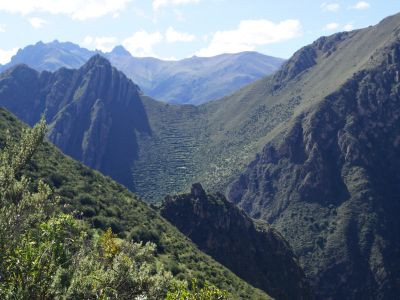
RETAMA

Scaling Up Mountain EbA in Peru
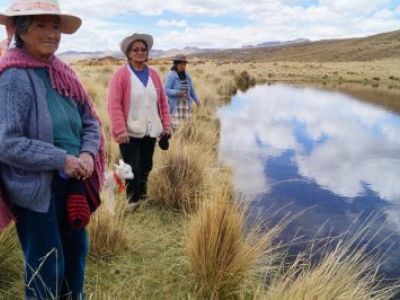
Ancestral Technologies & Climate Change
Click for FULL PROJECT DESCRIPTION.
Reuters article profiling this project HERE.
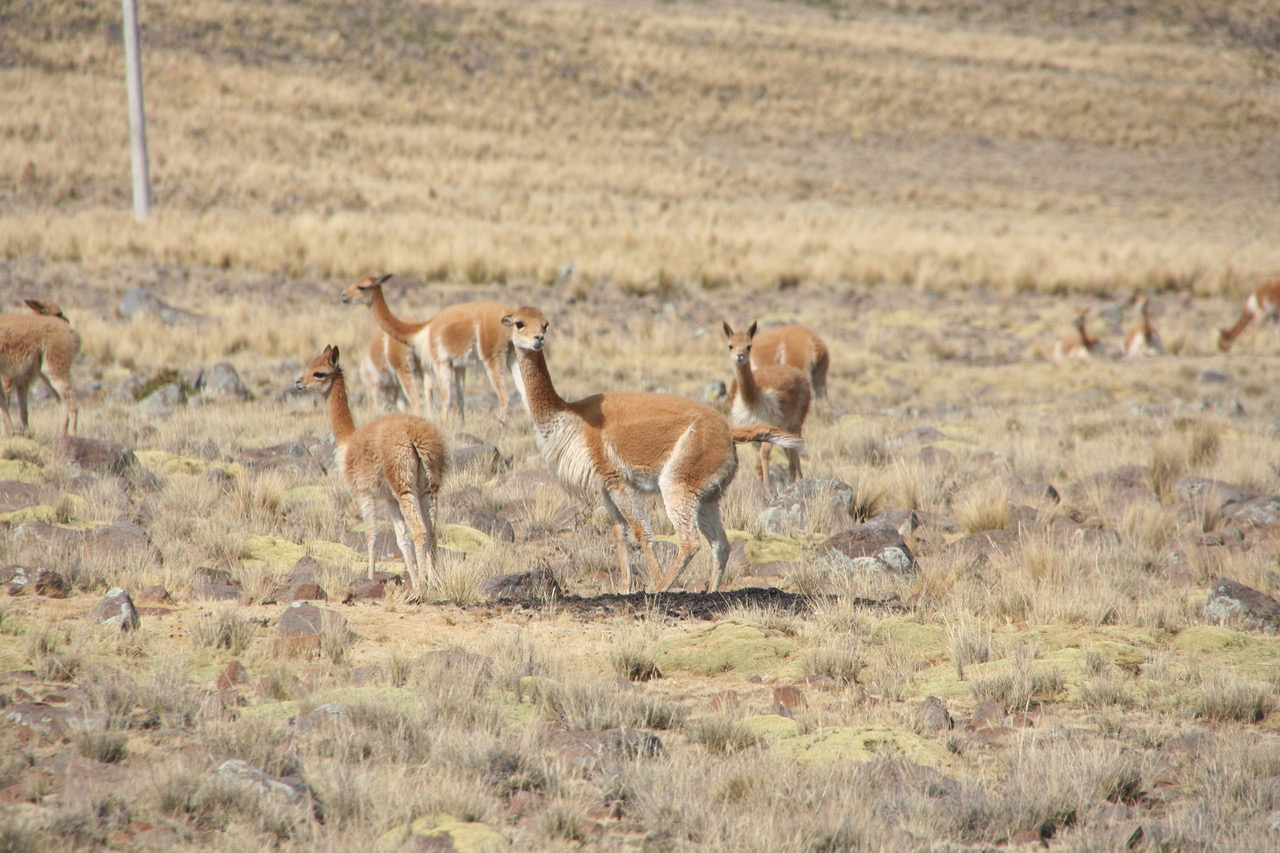
Land of the Vicuña
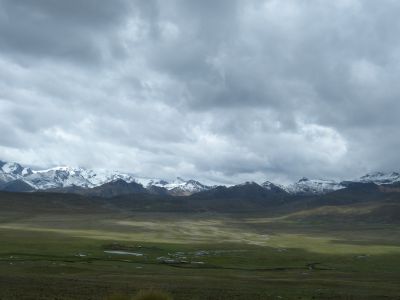
Mountain Wetlands & Grasslands Research
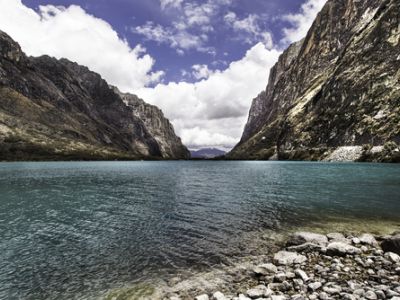
Securing Mountain Water and Livelihoods
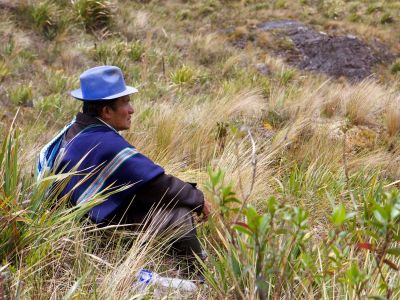
Bio-commerce & the Páramo
Check out our Spanish photo story on “Plantas Medicinales del Páramo.”
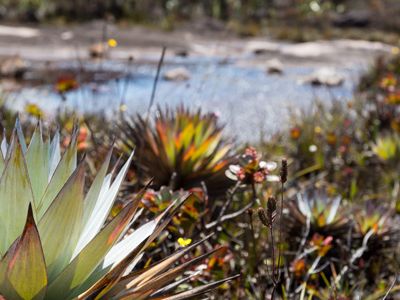
Linking Innovation to Páramo Conservation
Past Projects
-
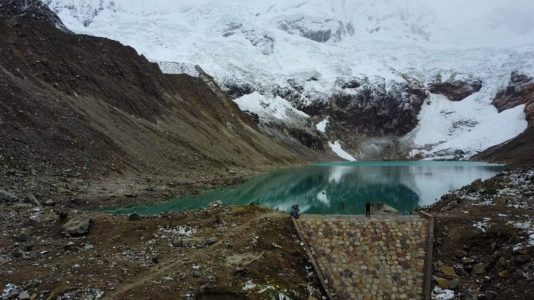
Monitoring Glacial Lakes–Cordillera Blanca
The Andes have been on the front-lines of climate change for several decades. In Peru’s Cordillera Blanca, the proximity of human society to the high mountains and tropical glaciers creates a unique risk. Glaciers in the Cordillera Blanca are melting and the resulting glacial lakes are growing at an alarming pace. These massive lakes threaten to burst through their natural moraine dams and flood the city of Huaraz below. One such event occurred in 1941 killing thousands of people and devastating the city.
Our team of experts has monitored several glacial lakes in the Cordillera Blanca and has coordinated with local communities and governments to implement mitigation strategies. For perspective on this work, read our blog: As Glacial Floods Threaten Mountain Communities, a Global Exchange Is Fostering Adaptation. -
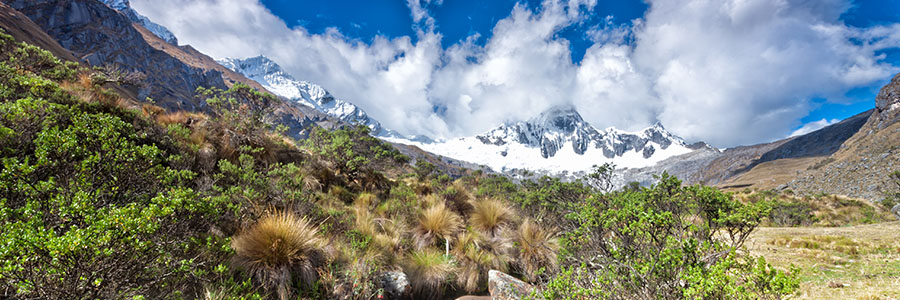
Peaks to Coast: Building Climate Change Awareness & Resilience in the Ancash & Piura Watersheds of Northern Peru
The Peaks to Coast program’s objective was to strengthen Peruvians’ ability to respond to climate change. The Mountain Institute worked to develop relationships between scientists, policy makers, and community governments. This program also helped communities adapt to a changing climate, in both up-stream and down-stream regions, by implementing resilience strategies.
Instituto de Montaña (TMI’s Andes Program) received $1.2 million dollars to implement this project over three years, beginning in 2009. TMI developed cooperative projects with communities in the upper sections of the two major river basins of northwestern Peru, the Santa and Chira rivers in the Ancash and Piura Regions. As a function of the program, community groups designed conservation plans for grassland and forest restoration. These conserved areas act as buffers to effects of climate change, such as the swelling and flooding of the Santa and Chira rivers. In partnership with local municipalities, the project supported the development of climate change adaptation plans. The project also fostered cooperation between highland communities and municipalities and lowland groups that depend on mountain water for their agriculture-dependent economies. Because these economies are heavily dependent on agricultural products, and because the products cannot be grown without reliable access to water, these lowland groups were especially invested in the conservation partnership.
In February-March of 2010, the first Climate Change Vulnerability and Adaptation (V&A) training was conducted in Peru by USAID and International Resources Group (IRG). V&A is a six-step method designed to encourage stakeholders to identify their vulnerabilities (e.g., water supply) as well as identify adaptive strategies to lessen or eliminate the threats imposed by climate change. TMI staff and NGO/Governmental stakeholders were trained by USAID and IRG in Huaraz in preparation for the community training in Macara, a nearby village. The team then departed for the coastal city of Chimbote and conducted a stakeholder training workshop there. TMI, IRG, and USAID/Washington representatives debriefed USAID/Peru on February 23, 2010. USAID was pleased with the training and called “Peaks to Coast” its flagship project. Geohydrologist Daene McKinney and TMI’s Director of Science and Exploration, Alton Byers then completed a five-day water supply and stressor study from the Cordillera Blanca to major irrigation schemes on the coast, interviewing farmers, government officials, glacial lake control specialists, power plant personnel, and irrigation projects. -

Great Inca Road (Peru & Ecuador)
We instituted The Great Inca Road project in 2004 on a 7,000 km stretch of the Royal Inca Highway in Ancash, Peru. In the local Quechua language this road is known as Inka Naani and it connects six formerly remote communities that now provide hospitality to visiting tourists. This boost to tourism in the region has created new sources of income and development opportunities for the local people. In 2008, this initiative was replicated in a new section of the Royal Inca Highway in Piura, Peru. In 2009, through a partnership with World Conservation Union (IUCN) and the General Secretariat of the Andean Community of Nations (SGCAN), the program was extended to three new sites: Sangay National Park in Ecuador, and Nor Yauyos Protected Cultural Landscape and Huascaran National Park, both in Peru.
In partnership with IUCN and the Abertis Corporation, TMI staff member Miriam Torres wrote an introductory book on Ancestral Roads and Biodiversity Conservation introducing the concept of the Inca Road Project to local policy makers in mountain regions. A traveling exhibit was also developed to help spread awareness of the project’s many benefits. The exhibit was shown at Huascaran National Park headquarters, and traveled to other Inca Road sites, introducing the public to the project and its potential to conserve Andean heritage. The Mountain Institute also established a partnership with REPONS (Responsible Tourism) thanks to a grant from IUCN-Netherlands, supporting market access to community-based tourism along the Royal Inca Highway. -

Southern Conchucos Polylepis Forest Conservation Corridor (Peru & Ecuador)
The Mountain Institute launched this initiative on a small scale in 2000, gradually scaling up through a partnership with Conservation International and the Ancash Association. We targeted the last remnants of queñual (Polylepis spp) cloud forests in the Ancash Region of Peru. These unique high alpine forests provide a habitat to several endemic plant, animal and bird species. The mountain communities of this area were interested in protecting and restoring these forests that in turn contributed to the health of the entire ecosystem. Part of the project involved creating livelihood opportunities that effectively reduced local pressure on mountain forests. It is estimated that protecting these remnant forests has provided sanctuary to approximately 55% of all endemic bird species in the Andes of Peru and Bolivia and has protected 67% of all birds in danger of extinction in this vast region.
Project Accomplishments
- Twelve forest conservation agreements were established with communities in Ancash to support restoration and protection of these forest remnants. The community of Huasta, which holds the largest Polylepis forest tracks in Ancash region outside of Huascaran National Park, joined the project and initiated restoration of these forests.
- TMI completed a diagnostic study and community consultation process to develop a Forestry Conservation Strategy in the highland regions of Piura Department (Carmen de la Frontera District). These native forests include large tracks of Polylepis forests. The study included a technical assessment of the potential for carbon sequestration through Reducing Emissions from Deforestation and Forest Degradation (REDD) and Clean Development Mechanisms (CDM).
- The project included a comprehensive program of community workshops to assess stakeholder interests in projects to reverse environmental degradation.
- A menu of potential community forestry projects was developed in this region that is the headwaters of a major new irrigation project in coastal Peru.
-

Water Forever
TMI, in partnership with Urpichallay, a local NGO in the Cordillera Blanca range of Peru, developed water quality monitoring trainings for rural Quechua communities affected by mining operations, lack of sewage treatment and other sources of pollution. The program was founded in 2000 and has grown to include ten new locations. The Water Forever project was promoted by Sociedad Peruana de Derecho Ambiental, (the Peruvian Environmental Law Association), for inclusion in national policies.
TMI worked with water quality scientists from Universidad Peruana Cayetano Heredia to develop a set of biological indicators which use fresh water macro-invertebrates to determine water quality. These indicators are easy and cost-effective to use, making them invaluable to local communities. This type of testing provides a more complete assessment of the health of rivers than more traditional water chemistry indicators.
Success Stories
-
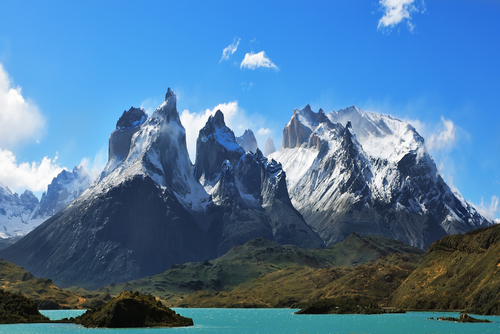
Climate Change Research Initiative in Remote Mountain Areas
This project developed surveys for remote mountain communities and a data analysis methodology that increased our understanding of mountain people’s perceptions of climate change. We gathered their views about current threats and ways of adapting to climate change plus the communities’ specific needs in the face of global warming. -
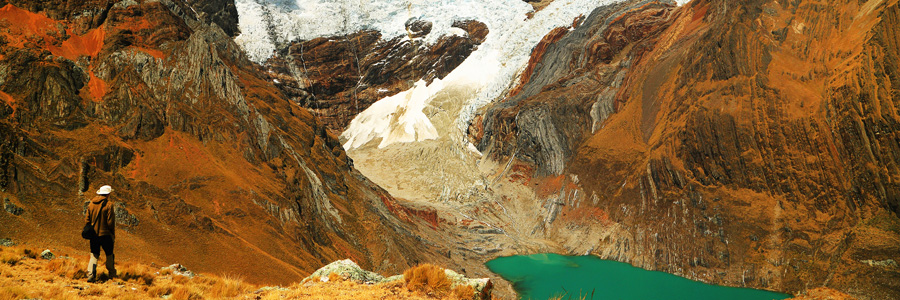
Cordillera Blanca: A Unique Landscape Explained
In partnership with geographers from University of Amsterdam’s Institute for Biodiversity and Ecosystem Dynamics (IBED), The Mountain Institute produced a 200-page field guide in 2007-2008 to create awareness about the geo-ecology of this fragile landscape. The field guide also addresses the increasing threats of natural hazards due to climate change. Link to field guide HERE. -
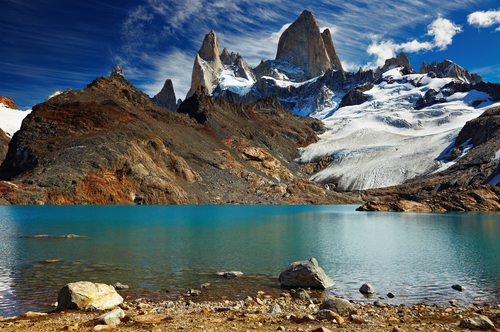
Highland-Lowlands Networks for Climate Change Adaptation
Implemented in Rio Santa watershed, a complex geographic area one third the size of Switzerland, this project was launched in 2007. Upon completion, TMI had gathered in-depth information about local perceptions of climate change and its impacts in this part of the Andes, home to the world’s largest collection of tropical glaciers. -
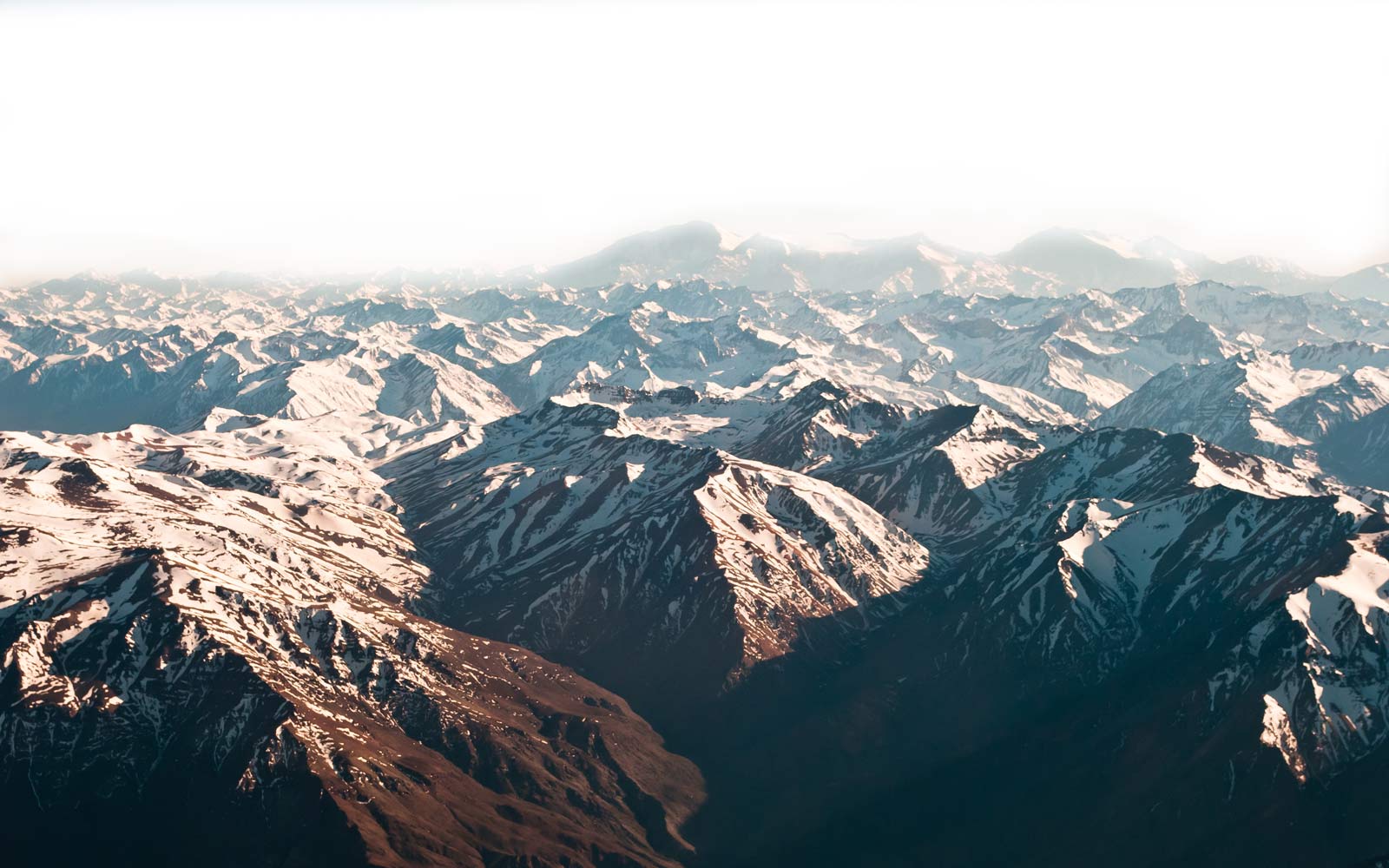
Vicos Living Memory
Under the leadership of The Mountain Institute, a pilot initative was started in 2003 to repatriate documentary and photographic materials to the Andean community of Vicos. These documents were produced by the Peru-Cornell project, the first worldwide project to test notions such as “community development” and “green revolutions” in the late 1940s. -

Case Studies
The Mountain Institute recently completed two case studies concerned with conflict in mountain communities in Nepal and Peru:
1) “An Analysis of NGO Service Delivery Capacities in Nepal During Times of Conflict and Uncertainty”
2) “Private Sector and Local Community Relationships: the Role of PVOs and Local NGOs in Promoting Democracy, Conservation and Sustainability in Peru.” -
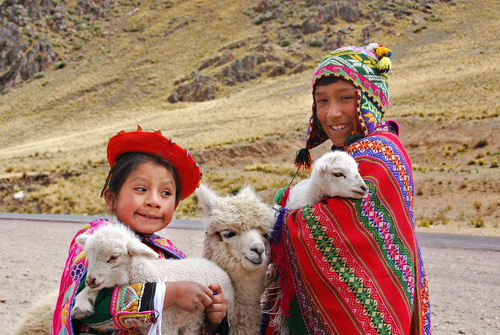
Cultural Revival of Andean Traditional Textiles
Weaving traditions in the Andes are thousands of years old and of very high quality in many places. A pilot project was launched in 1998 to support family groups in two communities of the Huaripampa region to recover an almost-lost weaving tradition as a way to create new income opportunities for their communities. -

Community Participation in the Expenditure of Public and Private Funds From Mining South
Following the largest investment of public and private funds that has been made available to mountain communities in the 186 years of republican history in Peru, there still remains a lack of understanding of community perspectives and priorities. How these funds should be invested to achieve logical goals and sustainable development was the focus of our initiative to make investments more inclusive of mountain community needs. -
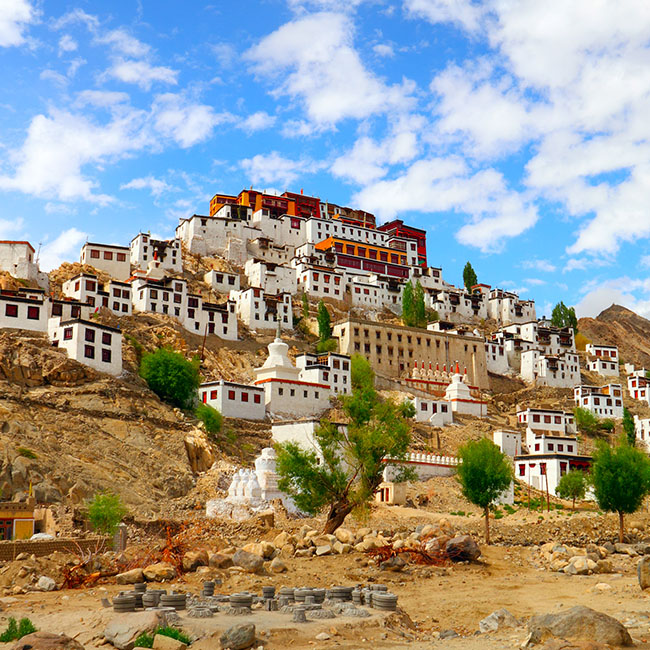
Exchanges and Study Tours
Since its inception The Mountain Institute has promoted the exchange of ideas and learning between mountain communities across the globe. We have conducted exchanges between Tibetans and Peruvians, Nepalis and Chinese, Indians and Nepalis, Tibetans and Americans, and West Virginians with other mountain communities in the US.
